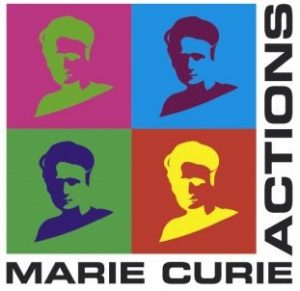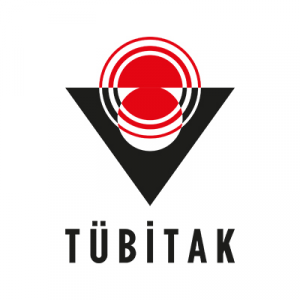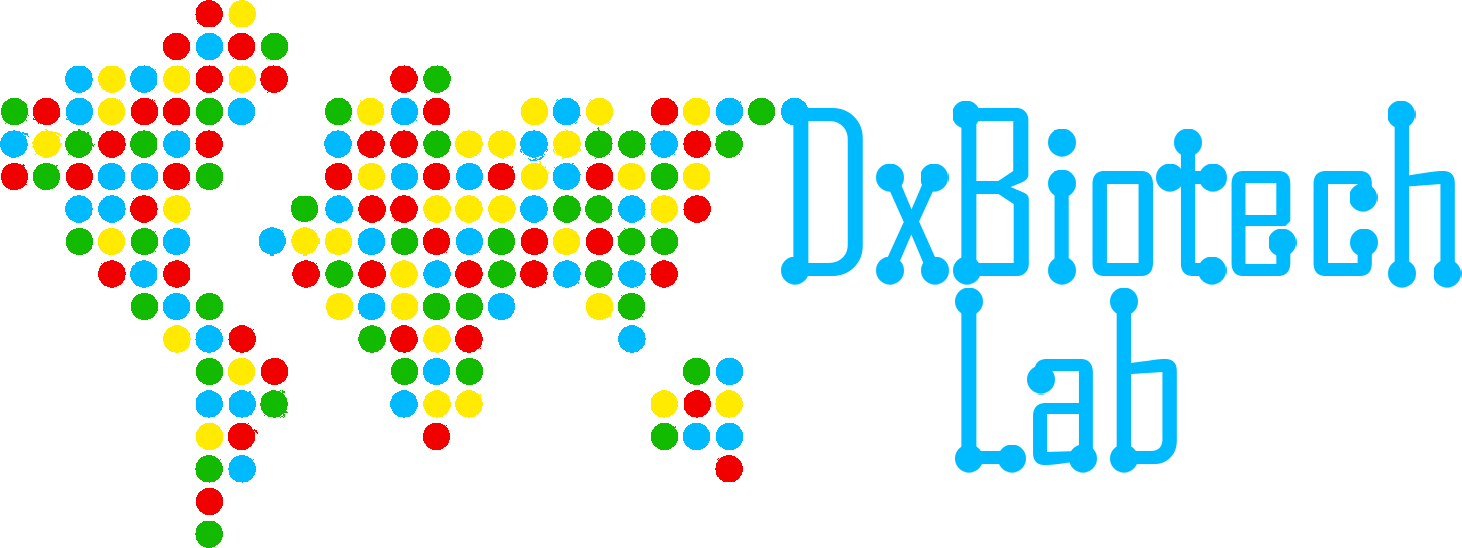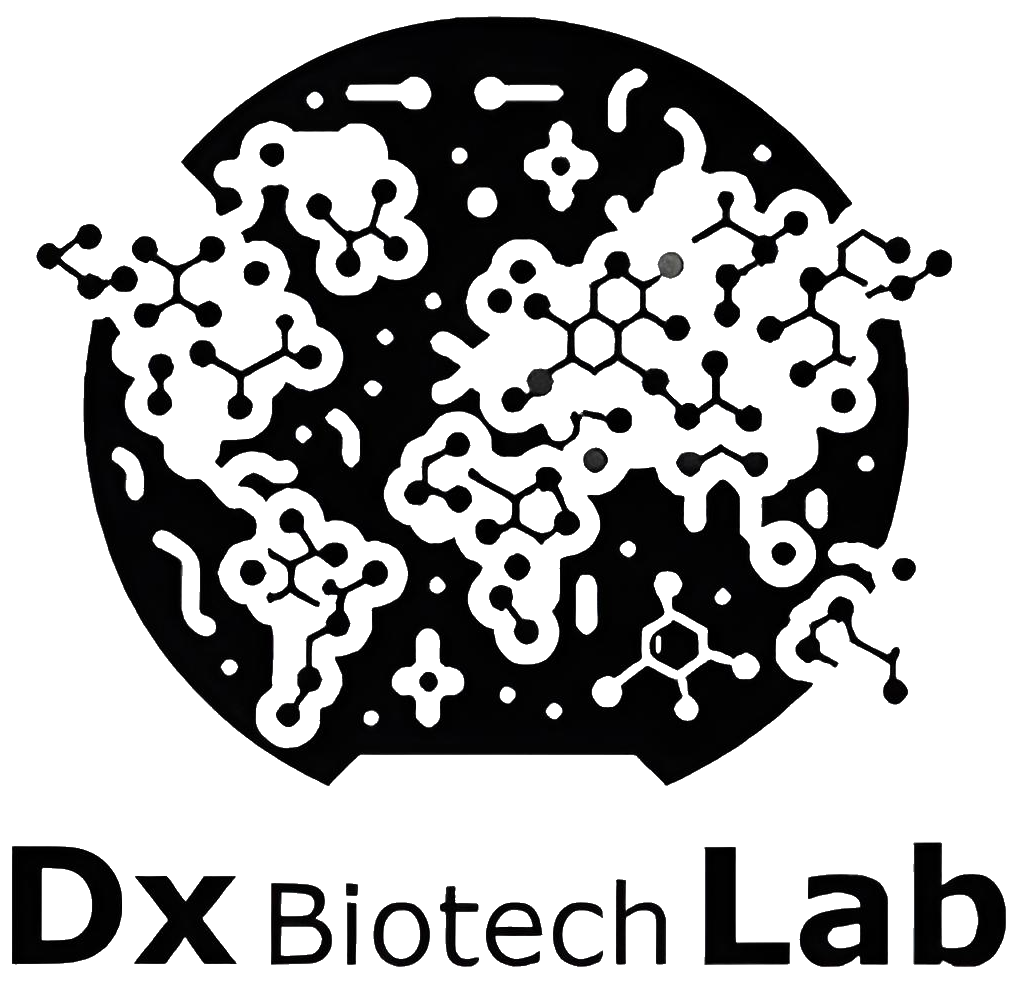Glioma on a chip: Probing Glioma Cell Invasion and Gliomagenesis on a Multiplexed Chip
Overview: 28% of all primary brain tumors and central nervous system tumors and 80% of malignant tumors are gliomas, which arise from the supportive tissues in the brain [1]. Yet, our ability to effectively treat these cancers is limited by our knowledge of the disease and our ability to test new treatments on accurate models. Current methods of biological research rely on animal testing and two-dimensional tissue cultures but fail to provide physiologically accurate models of human tissue. This demonstrates a pressing need for convenient, physiologically relevant tissue models to advance biomedical research. Advances in microfluidics and cell encapsulation within hydrogels have made significant strides in trying to meet these needs, but the potential to use these technologies for engineering physiologically relevant tissue models has yet to be fully realized. Here, we propose to investigate cancer biology using a microfluidic device with three-dimensional (3D) micro-patterned cellular constructs that may be subjected to flow through microfluidic channels. This microphysiological platform takes advantage of microfluidics, cell encapsulation within 3D constructs, and microscale patterning of different cell types. This work will yield a spatially patterned co-culture microenvironment which accurately mimics the physiological conditions of glioma. Using the developed model, we aim to understand the cellular gliomagenesis, glioma cell migration, and angiogenesis and further test drug susceptibility to demonstrate the relevance of the proposed model.
Goal 1 is to engineer an in vitro biomimetic 3D glioma-on-a-chip model mimicking the complex in vivo microenvironment of glioma. First, we will deposit tissue construct at a high resolution using our custom droplet-based 3D printer. The printer will implement a piezo-driven picoliter-droplet dispenser head for inkjet-based fabrication and will leverage a photocrosslinking regime where light cures and solidifies the cell-laden biomimetic hyaluronic acid-based bioink as it is deposited directly into a microfluidic chip. The proposed platform will be characterized in terms of the spatial accuracy and resolution. Using this tool, we will demonstrate the ability to co-pattern multiple cell types with high spatial accuracy over time and good viability using dual print heads. In addition, the microfluidic chips will be 3D printed and optimized to provide a conducive environment for the growth of human tissues. The fluid flow regime about the bioprinted construct and the infiltration of nutrients and growth factors into the hydrogel will also be investigated quantitatively and tuned to optimize the cell viability and proliferation.
Goal 2 is to advance our understanding of gliomagenesis and glioma cell invasion on a multiplexed microfluidic chip. Cells extracted from glioma model mice and normal mice will be incorporated into the bioink and co-patterned in a hyaluronic acid-based hydrogel construct. The bioprinted cells will be incubated for 30 days to investigate gliomagenesis, angiogenesis, and glioma cell invasion using printed constructs of the different brain cell types independently and co-cultures of different cell populations. Then, the efficacy of three different drugs will be measured will be tested as a demonstration of the applicability of the proposed platform for multiplexed drug screening.
Intellectual Merit: Gliomagenesis is the formation of glioma tumor arising from glial cells and occurring in the brain and in various locations in the nervous system, including the brain stem and spinal column. This phenomenon is particularly important for understanding the biology of a glioma and, thus, how to treat it most effectively. This application will provide a fundamental framework on the underlying mechanisms of gliomagenesis and provide more detailed information about the effectiveness of various treatments. The proposed work will also advance an emerging field, tumor-on-a-chip, by demonstrating a novel and high-impact application and merging the fields of 3D printing and microfluidics. High-resolution droplet-based printing is still being explored and particularly remains a challenge with low-viscosity hydrogel materials. The proposed piezoelectric printing head will address this challenge by precisely controlling the volume and positioning of pico-scale droplets.
Broader Impacts: 3D printing tissue models represents the future of clinical research and opens the way for readily available personalized medicine. While diverse industries are adopting 3D printing as a method for manufacturing, medicine and healthcare have yet to fully harness the capabilities of 3D printing for the direct-write fabrication of medications. With continued research, we believe personalized medicine will reach new levels of possibility. Further, we aim to involve, train and mentor graduate and undergraduate students to translate book-based knowhow to practice by utilizing the magnetophoresis principles identified in this project on the complex multidisciplinary nature of the real-time interrogation, manipulation, and monitoring of cells. In addition, specific educational examples and models based on this work will be developed at UCONN for undergraduate and graduate courses. The broader impacts of the proposed research expand to local, national and international education and, by disseminating our work, we aim to increase public awareness about the interface of biology and technology.
| Funds: | Collaborators: | ||
 |
 |
 |

